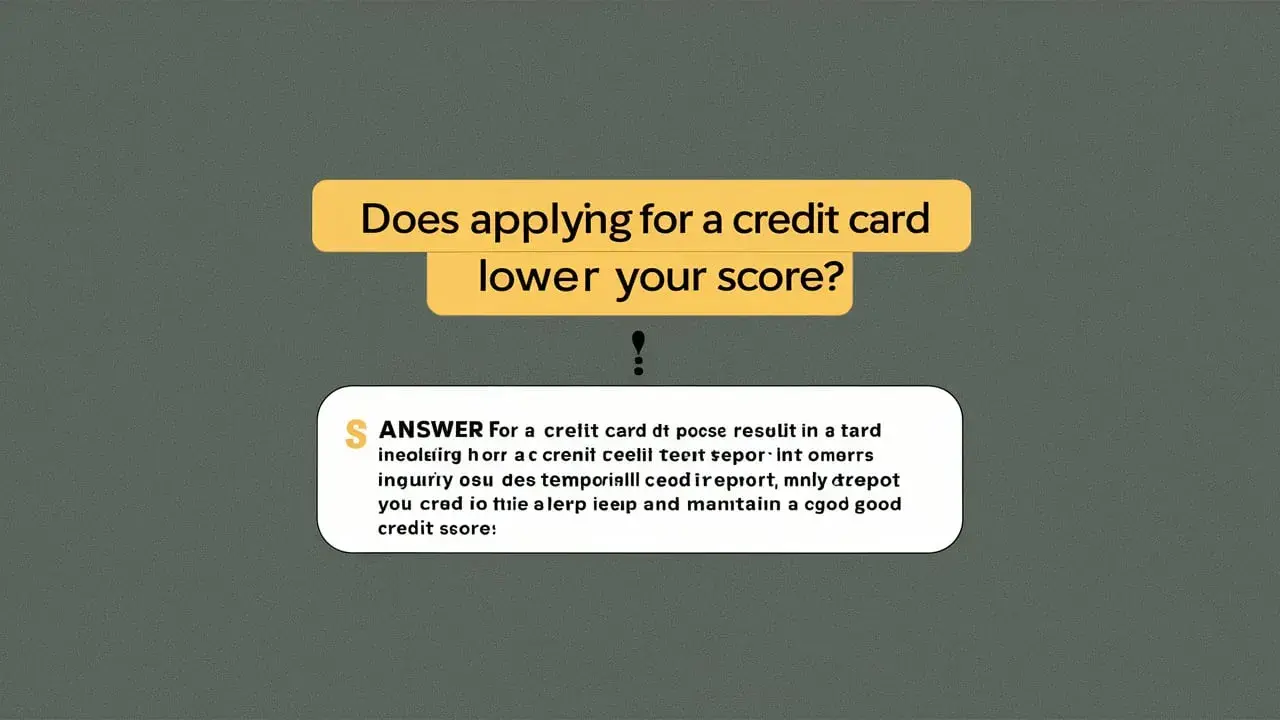Understanding your credit card limit is crucial for managing your finances responsibly and building a strong credit profile. The credit card limit, also known as the credit line, represents the maximum amount you can borrow on your credit card. This limit is determined by various factors, and it's important to understand how these factors influence the amount you're approved for. This guide will delve into the intricacies of credit card limits, exploring the determinants, how to increase them, and best practices for managing your credit wisely.
What Determines Your Credit Card Limit?
Credit card issuers carefully evaluate several aspects of your financial profile to determine your creditworthiness and, consequently, your credit limit. Here are the primary factors they consider:
1. Credit Score
Your credit score is arguably the most significant factor influencing your credit card limit. A higher credit score indicates a lower risk to the lender, as it reflects a history of responsible credit management. Credit scores, such as FICO and VantageScore, are based on several elements of your credit report, including:
- Payment History: Do you pay your bills on time? Late payments negatively impact your score.
- Amounts Owed: How much debt do you carry relative to your available credit? High credit utilization (using a large percentage of your available credit) can lower your score.
- Length of Credit History: A longer credit history demonstrates your ability to manage credit over time.
- Credit Mix: Having a mix of credit accounts (e.g., credit cards, loans) can be beneficial, showing you can manage different types of credit.
- New Credit: Opening too many new credit accounts in a short period can lower your score.
Applicants with excellent credit scores typically qualify for higher credit limits and more favorable interest rates. Conversely, those with fair or poor credit scores may receive lower credit limits or be denied credit altogether.
2. Income
Your income is another critical factor in determining your credit card limit. Credit card issuers want to ensure you have the ability to repay the debt you incur. Higher income generally translates to a higher credit limit, as it suggests you are less likely to default on your payments. You'll need to provide proof of income when applying for a credit card, such as pay stubs or tax returns.
However, income isn't the only factor. Issuers also consider your debt-to-income ratio (DTI), which compares your monthly debt payments to your gross monthly income. A lower DTI indicates a better ability to manage debt.
3. Credit History Length
As mentioned earlier, the length of your credit history plays a role in determining your creditworthiness. A longer history of responsible credit management demonstrates that you are a reliable borrower. If you are new to credit, you may start with a lower credit limit and gradually increase it over time as you build your credit history.
4. Credit Utilization Ratio
Your credit utilization ratio, which is the amount of credit you're using compared to your total available credit, is a key factor in your credit score. It is generally recommended to keep your credit utilization below 30%. For example, if you have a credit card with a $1,000 limit, you should aim to keep your balance below $300. High credit utilization can negatively impact your credit score and may lead to lower credit limits in the future.
5. Employment History
Your employment history provides stability to your application. Consistent employment signals that you have a reliable source of income and are less likely to default on payments. While some issuers may not explicitly require a lengthy employment history, it can strengthen your application.
6. Existing Debt
Your existing debt obligations, including loans, mortgages, and other credit cards, are considered by credit card issuers. High levels of existing debt can make it more challenging to obtain a high credit limit, as it increases your risk of financial strain.
7. Type of Credit Card
The type of credit card you are applying for can also influence your credit limit. Secured credit cards, which require a security deposit, typically have lower credit limits than unsecured credit cards. Rewards credit cards and premium credit cards often come with higher credit limits, but they may also require excellent credit scores.
Understanding Credit Card Tiers and Limits
Credit cards often fall into tiers, each associated with different credit score requirements and typical credit limits. Here’s a general overview:
- Secured Credit Cards: Often for those with limited or poor credit. Credit limits are usually equal to the security deposit, often ranging from $200 to $2,000.
- Unsecured Credit Cards for Fair Credit: Suitable for those with fair credit (scores around 630-689). Credit limits might range from $500 to $5,000.
- Unsecured Credit Cards for Good Credit: For individuals with good credit (scores around 690-719). Limits often range from $3,000 to $10,000.
- Unsecured Credit Cards for Excellent Credit: Reserved for those with excellent credit (scores of 720 or higher). Limits can range from $5,000 to $100,000 or more, depending on income and spending habits.
These ranges are approximate and can vary significantly based on the issuer and your individual circumstances.
How to Increase Your Credit Card Limit
If you're looking to increase your credit card limit, there are several strategies you can employ:
1. Request a Credit Limit Increase
The most straightforward approach is to simply request a credit limit increase from your credit card issuer. Many issuers allow you to request an increase online, through their mobile app, or by phone. Be prepared to provide updated information about your income and employment.
Before requesting an increase, ensure your credit score is in good standing and that you have a history of making timely payments. A negative credit report or late payments can significantly reduce your chances of approval.
2. Improve Your Credit Score
Improving your credit score is a long-term strategy that can lead to a higher credit limit and other financial benefits. Here are some steps you can take to improve your credit score:
- Pay your bills on time, every time.
- Keep your credit utilization low (below 30%).
- Review your credit report regularly and dispute any errors.
- Avoid opening too many new credit accounts at once.
3. Increase Your Income
A higher income can demonstrate to your credit card issuer that you have the financial means to manage a higher credit limit. Consider exploring opportunities to increase your income, such as taking on a side hustle or seeking a promotion at work.
4. Demonstrate Responsible Credit Use
Consistently using your credit card responsibly, making timely payments, and keeping your credit utilization low can demonstrate to your issuer that you are a reliable borrower. This can increase your chances of being approved for a credit limit increase in the future.
5. Consolidate Debt
If you have a significant amount of debt on other credit cards or loans, consolidating your debt can lower your debt-to-income ratio and improve your credit score. This can make you a more attractive candidate for a credit limit increase.
6. Consider a Different Credit Card
If your current credit card issuer is unwilling to increase your limit, consider applying for a new credit card with a higher credit limit. Be sure to research different credit card options and choose one that aligns with your needs and credit profile. Remember that applying for a new card will result in a hard inquiry on your credit report, so it's best to only apply for cards you are likely to be approved for.
Managing Your Credit Card Limit Responsibly
While a higher credit limit can provide greater purchasing power and flexibility, it's important to manage your credit responsibly to avoid accumulating debt and damaging your credit score. Here are some tips for managing your credit card limit wisely:
- Track your spending. Keep a close eye on your credit card transactions to ensure you're not overspending.
- Pay your balance in full each month. This avoids interest charges and helps you maintain a low credit utilization ratio.
- Avoid maxing out your credit card. High credit utilization can negatively impact your credit score.
- Set a budget and stick to it. This can help you control your spending and avoid debt.
- Use your credit card for essential purchases only. Avoid impulse purchases and unnecessary spending.
- Automate payments. Setup automatic payments to ensure you never miss a payment and avoid late fees.
The Impact of Credit Card Limit on Your Credit Score
Your credit card limit has a direct impact on your credit utilization ratio, which accounts for approximately 30% of your FICO score. A higher credit limit, combined with responsible spending habits, can significantly improve your credit score. Conversely, a low credit limit with high utilization can negatively impact your credit score.
For example, if you have a credit card with a $500 limit and a $400 balance, your credit utilization ratio is 80%, which is considered very high and can harm your credit score. If you were to increase your credit limit to $2,000 and maintain the same $400 balance, your credit utilization ratio would drop to 20%, which is considered excellent and can boost your credit score.
Common Mistakes to Avoid
Many people make common mistakes that can negatively impact their ability to obtain and manage credit card limits effectively. Here are a few to avoid:
- Applying for too many credit cards at once: This can lower your credit score and signal to lenders that you are a risky borrower.
- Missing payments: Late payments are reported to credit bureaus and can significantly damage your credit score.
- Ignoring your credit report: Regularly reviewing your credit report allows you to identify and dispute any errors.
- Maxing out your credit cards: High credit utilization can negatively impact your credit score.
- Only making minimum payments: Minimum payments result in higher interest charges and can take longer to pay off your balance.











